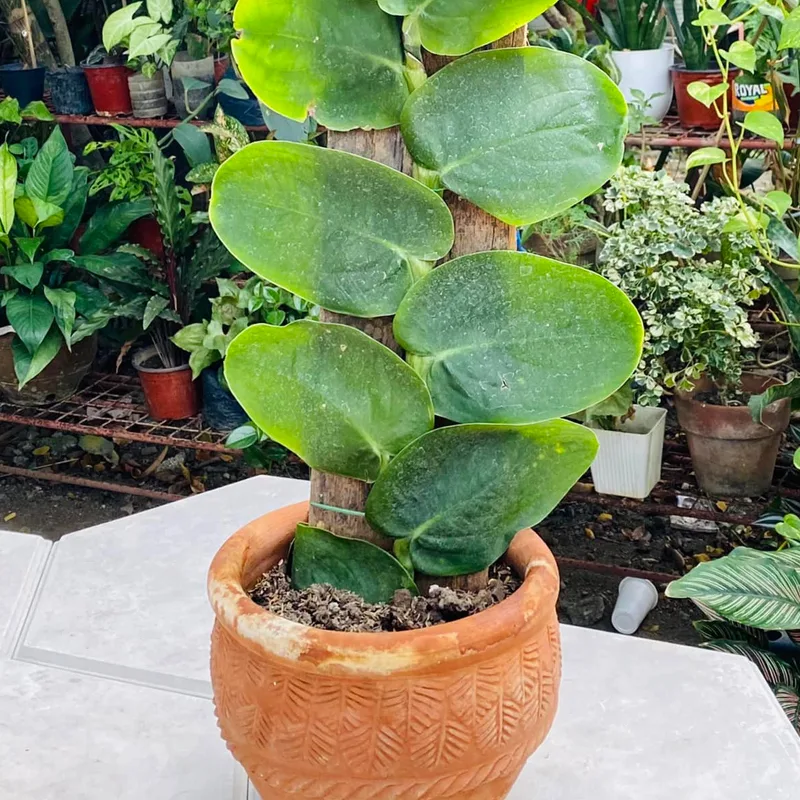Falling in Love with Foamflower: A Gardener’s Journey into the World of Tiarella
My name is Ferb Vu, and I’m an avid gardener with a particular fondness for shade-loving plants. Over the years, I’ve cultivated a deep appreciation for the subtle beauty and resilience of the genus Tiarella, commonly known as foamflower. These charming perennials have captured my heart with their delicate blooms and intricate foliage, adding a touch of woodland magic to any shady corner of my garden.
Discovering the Delights of Tiarella
My first encounter with Tiarella was purely accidental. While exploring a local nursery, I stumbled upon a cluster of these plants with their airy plumes of white flowers hovering over a carpet of maple-shaped leaves. I was instantly smitten by their understated elegance and decided to take a few home. Little did I know that this chance encounter would mark the beginning of a long-lasting fascination.
As I learned more about Tiarella, I discovered that they are members of the Saxifragaceae family, closely related to Heuchera (coral bells) and Mitella (miterwort). The name Tiarella itself is derived from the Latin word “tiara,” meaning “little turban,” referring to the shape of their seed capsules. These plants are native to North America and East Asia, thriving in the cool, moist conditions of woodland understories.
A Closer Look at Tiarella Species
One of the things that I find most fascinating about Tiarella is the diversity within the genus. While they share a common elegance, each species has its own unique characteristics. Here are:
- Tiarella cordifolia: This is perhaps the most common species, often referred to as heartleaved foamflower. It features heart-shaped leaves with bronze markings and delicate white or pink flowers.
- Tiarella polyphylla: Native to Asia, this species has deeply lobed leaves and creamy white flowers that bloom in dense clusters.
- Tiarella trifoliata: This species, native to western North America, has distinctive three-lobed leaves and white or pale pink flowers.
- Tiarella wherryi: Known for its compact size and silvery-veined leaves, this species is a great choice for rock gardens or container planting.
- Tiarella austrina (Lakela) G.L.Nesom
- Tiarella nautila G.L.Nesom
- Tiarella stolonifera G.L.Nesom
Why I Love Growing Tiarella
Tiarella has become an indispensable part of my garden for several reasons. First and foremost, they are incredibly low-maintenance plants. Once established, they require minimal care, tolerating drought and deer with ease. They are also relatively pest and disease-free, making them a worry-free addition to any garden.
Furthermore, Tiarella are incredibly versatile. They thrive in shady spots where many other plants struggle, making them ideal for woodland gardens, border edges, or even container planting. Their compact size and spreading habit make them excellent groundcovers, effectively suppressing weeds while adding texture and color to the landscape.
But perhaps the most compelling reason I love Tiarella is their ability to evoke a sense of tranquility and wonder. Their delicate flowers, reminiscent of frothy waterfalls, create a mesmerizing display in the spring, while their intricately patterned leaves provide year-round interest. Whether planted en masse or tucked away in a quiet corner, Tiarella adds a touch of magic to any garden.
Tips for Growing Tiarella
If you’re interested in adding Tiarella to your garden, here are a few tips to ensure their success:
- Choose the right location: Tiarella thrive in partial to full shade with moist, well-drained soil.
- Provide adequate moisture: While they can tolerate some drought, Tiarella perform best with consistent moisture, especially during hot summer months.
- Mulch around the plants: A layer of organic mulch will help retain moisture, suppress weeds, and keep the soil cool.
- Divide the plants every few years: To maintain vigor and prevent overcrowding, divide Tiarella clumps in early spring or fall.
With minimal care, Tiarella will reward you with years of beauty and enjoyment. So, if you’re looking for a shade-loving plant that is both elegant and easy to grow, I highly recommend giving Tiarella a try. You might just fall in love with them as I have.
If i die, water my plants!



